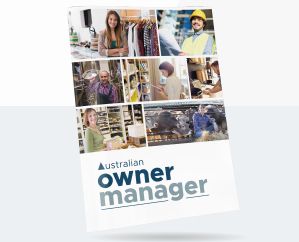Today we hosted Alan Oster and Lucia La Belle from NAB to give us a bit of an Economic update on the current state of the Australian and global economy as we begin to come out of the covid-19 restrictions.
A number of business owners have contacted us looking for a bit of an update and direction in understanding of where the economy is going amongst the significant stimulus measures that governments have put in place to keep people employed and maintain spending and investment.
This was well worth the hour to get a bit of clarity and a more macro perspective of what is happening and expected to happen moving forward. If you’re a business owner and weren’t able to join us, please take the time to watch and look for how you could adapt your business or realise opportunities based on the unfolding market situation.
Standouts
- We are looking at more of an L or a U curve rather than a significant V. There is the expectation that there will be approximately 8% – 8.5% reduction in GDP for the March and June quarters, but then an 8% increase – a small recovery in the September quarter but a bigger recovery in the December quarter. But that still means you’re lower overall in real levels of output. We expect that real GDP at the end of 2021 will still be lower than real GDP at the end of 2019.
- Australia had its lowest level of output post-war but is doing very well relative to other countries in the world. For example in the US they’re expecting unemployment to reach 19.8% when the figures come out, coming off its lowest level post World War II.
- Didn’t see China as a big issue at the moment. China just had another large round of stimulus so needs our resources, but China could be a more significant issue in 3 to 5 years. There may be movement in Australia and recognition that the cheapest prices are not always the best long-term value in the supply chain and so a move away from the cheapest price of products coming out of China.
- We expect next year that there will be wages growth of 1% but inflation will be at 0%.
Property
- From a property perspective Australia was already dealing with a lot of vacant apartments and that is just increased with the lack of international visitors and foreign students.
- The construction segment of the economy has been going pretty well. Construction has seen productivity increases with less bottlenecks and less traffic on the roads and the benefits of social distancing between subcontractors providing great efficiencies on site.We see this potentially changing into the future and so we believe that Canberra might look at a special package for the construction industry moving forward. Any infrastructure investment needs to happen now. Projects that come to fruition in 3 to 4 years time will be too late. We need a reduction in red tape and an increase in infrastructure spending in the short term to assist the construction sector.
- In commercial property there is a big risk in commercial office space as there will be a significant trend to a greater number of people working at home. From a bank in perspective we’re looking at the tenancy mix and ensuring that commercial landlords are not reliant on one type of tenant or tenancy mix. Metro and large locations are particularly at risk including strip shops and large format retail. Neighborhood shopping centres have been doing well with more people working at home and the supermarkets as anchor tenants. Industrial properties are a bright light. They have been going fairly well and it is expected to continue with the return of manufacturing activity.







